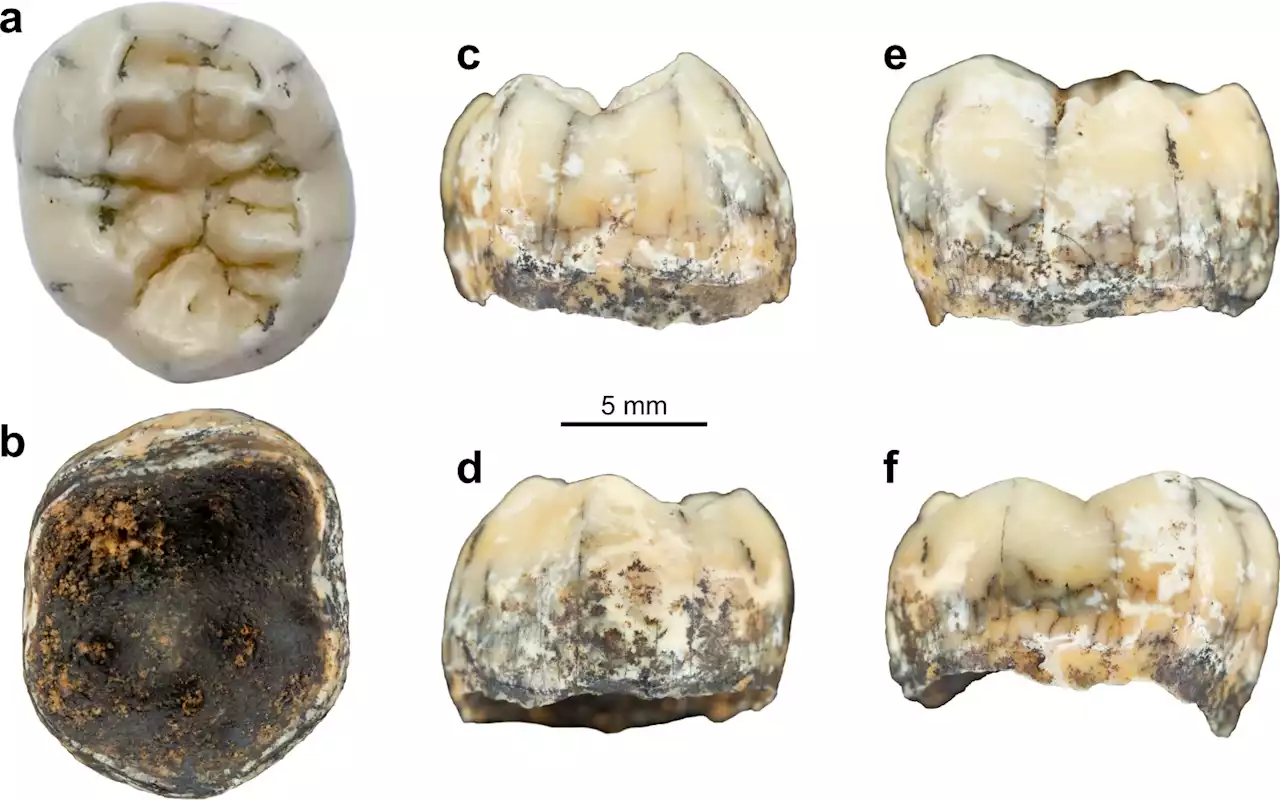Researchers know the Megalodon was about three times larger than a great white shark, but they still have a lot to learn about this gigantic predator.
The Megalodon ruled the oceans for nearly 15 million years before going extinct 3.6 million years ago. At around three times the size of the great white shark , it was the largest shark the world had ever seen. Scientists are not exactly sure how it looked because most of the fossils are teeth, but they do know that its jaw was wide enough to gulp down a human whole. A shark attack from a Megalodon would have meant almost certain death.
The ocean was about 4 to 5 degrees Fahrenheit warmer than today and it was also much more fruitful, loaded with enough prey to feed a giant Megalodon. “Ocean conditions at the time allowed for a longer food chain,” says Sigman.shows that the Megalodon likely had regional endothermy, meaning like sharks today, it had some ability to regulate and warm up its body temperature in colder waters. As a result, the Megalodon took advantage of its apex predator position and thrived all over the globe.
But researchers infer that their place at the top of the food chain likely meant they had a big impact on the ecosystem in which they lived. They’re also a bit of mystery that still intrigues us today. We’re not sure why they thrived and then disappeared. Some research says colder oceans made it more difficult for the mega shark to find prey, especially if it didn’t swim in the polar waters. Other research suggests many of the giant species that it preyed on started to disappear.
Ireland Latest News, Ireland Headlines
Similar News:You can also read news stories similar to this one that we have collected from other news sources.
 Mystery Child Hepatitis Seems to Be 2 Viruses Working Together, Scientists SayBritish researchers reported a breakthrough Monday in mysterious hepatitis cases affecting young children, finding the serious liver condition was linked to co-infection of two common viruses, but not the coronavirus.
Mystery Child Hepatitis Seems to Be 2 Viruses Working Together, Scientists SayBritish researchers reported a breakthrough Monday in mysterious hepatitis cases affecting young children, finding the serious liver condition was linked to co-infection of two common viruses, but not the coronavirus.
Read more »
 How common is long COVID? Why studies give different answersHow frequent is long COVID? And how much protection do vaccines give against it? Why the public and policymakers are grappling with disparate answers to these basic questions
How common is long COVID? Why studies give different answersHow frequent is long COVID? And how much protection do vaccines give against it? Why the public and policymakers are grappling with disparate answers to these basic questions
Read more »
 What An Ancient Tooth Tells Us About The DenisovansScientists know little about this extinct subspecies that fall between modern humans and Neanderthals, named Denisovans, and this recent discovery could be proof they lived outside of Siberia.
What An Ancient Tooth Tells Us About The DenisovansScientists know little about this extinct subspecies that fall between modern humans and Neanderthals, named Denisovans, and this recent discovery could be proof they lived outside of Siberia.
Read more »
 Scientist You Should Know: Taylor Perron is a Planetary DetectiveScientist J. Taylor Perron studies rivers and landscapes to discover how our planet and our species developed. ScientistsYouShouldKnow
Scientist You Should Know: Taylor Perron is a Planetary DetectiveScientist J. Taylor Perron studies rivers and landscapes to discover how our planet and our species developed. ScientistsYouShouldKnow
Read more »
 ‘Nope’: What Is the Meaning of the Shoe?We got to the bottom of one of NopeMovie’s biggest mysteries:
‘Nope’: What Is the Meaning of the Shoe?We got to the bottom of one of NopeMovie’s biggest mysteries:
Read more »
 Photographing the everyday style & theatre of 80s TokyoAn unsung master photographer, Issei Suda found mystery in the mundane and poetry in the prosaic.
Photographing the everyday style & theatre of 80s TokyoAn unsung master photographer, Issei Suda found mystery in the mundane and poetry in the prosaic.
Read more »
